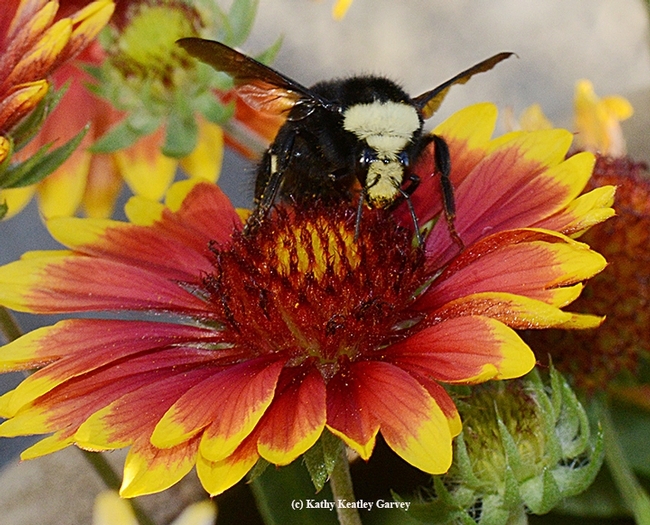- Author: Kathy Keatley Garvey
It's 3:47 p.m., on Sunday, June 4. I am watching a honey bee nectaring on a zinnia in our pollinator garden. She collects, lingers and then leaves.
It was like (A) Apis mellifera to (Z) zinnia. I thought: "A honey bee, Apis mellifera, is leaving a pink zinnia after gathering nectar and pollen for her colony. Everyone must leave what they love to become who they want to be or what they want to become."
So it is with commencements. Molecular geneticist-physiologist Joanna Chiu, professor and vice chair of the UC Davis Department of Entomology and Nematology, captured this image at a PhD commencement today and posted it on Twitter: "What do we have here? Congratulations Dr. Cai, Dr. Griebenow, Dr. Lewald and Dr. Tabuloc!"
That would be Yao Cai, Christine Tabuloc and Kyle Lewald of the Chiu lab and Zachary Griebenow of the Phil Ward lab. Former doctoral students, then doctoral candidates...and now PhDs...
Kyle? Member of the Integrative Genetics and Genomics Graduate Group. Others? Entomology Graduate Group.
Professor Chiu captured it perfectly! What a proud and glorious moment!
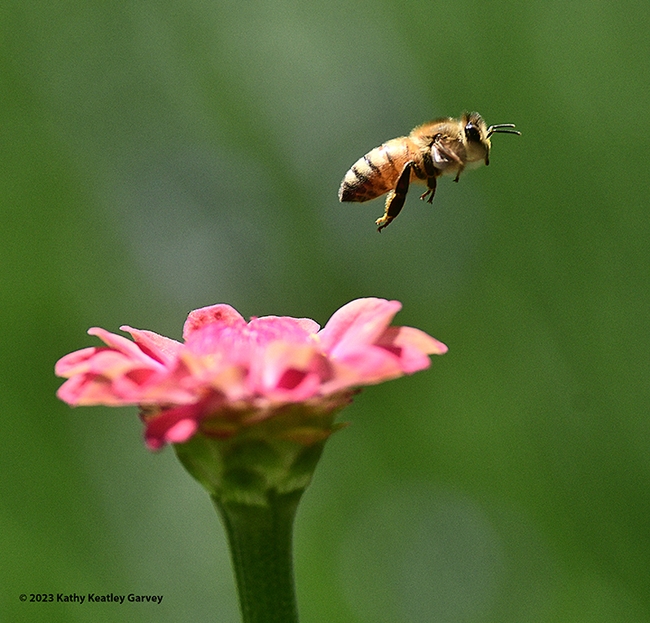
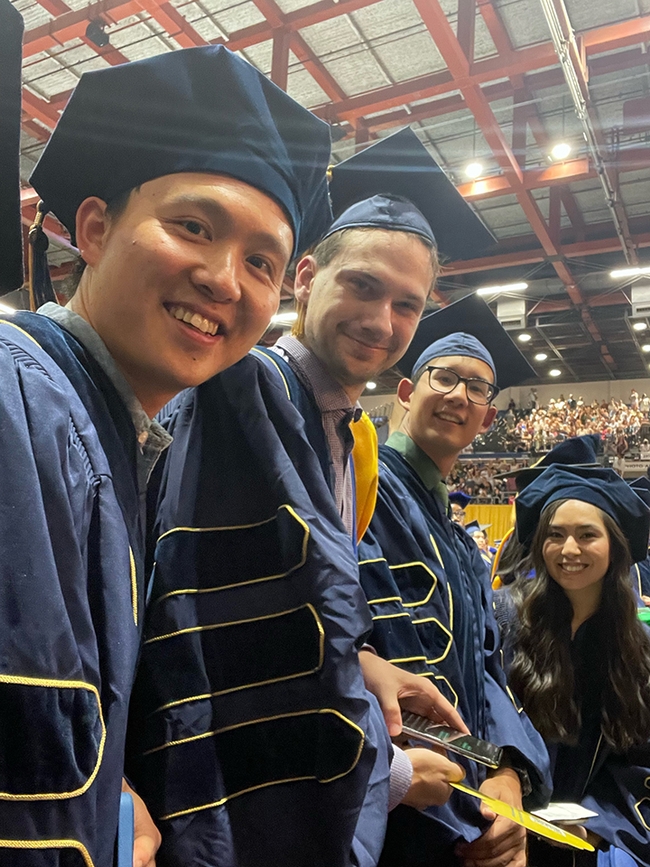
- Author: Kathy Keatley Garvey
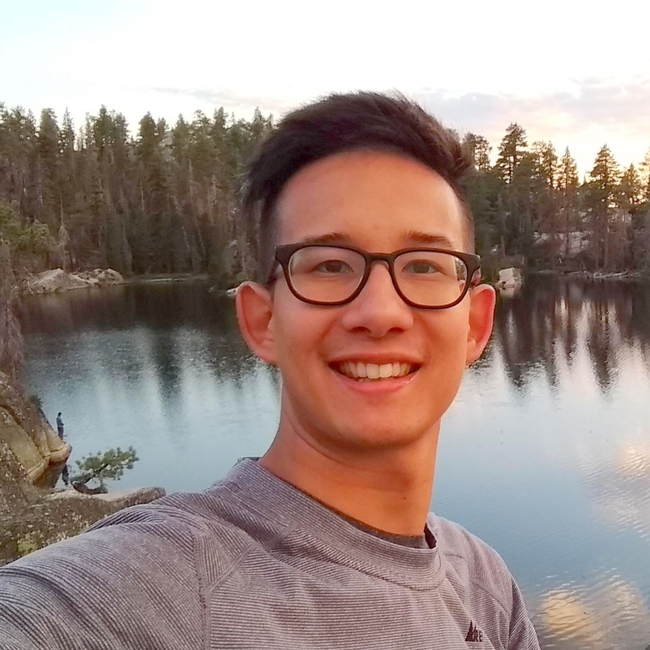
That would include the larvae of Tuta absoluta, a South American tomato leafminer. In its adult stage, it's a moth in the family Gelechilidae. In its larval stage, it's a major agricultural pest.
Since 2008, it has invaded much of Europe, northern Africa, and the Middle East, according to a California Department of Food and Agriculture post.
It hasn't yet invaded the United States, but scientists say it has moved from South America as far north as Costa Rica.
The bug "is a serious and devastating pest of tomatoes, causing crop losses as high as 80 to 100% in areas where it is found," according to a Pest Alert article published by the UC Statewide Integrated Pest Management Program. "This insect bores into leaves, stems, flowers, and fruit, often leaving the fruit unmarketable and altering plant growth structure through destruction of stem apical buds or flower buds. To manage this insect, growers may be forced to greatly increase the number of insecticide applications to their tomato crops."
The article, by UC Davis scientists Kris Godfrey of the Contained Research Facility, and Frank Zalom and Joanna Chiu, both of the Department of Entomology and Nematology, points out that the "South American tomato leafminer spreads via commercial trade of plants and fruit infested with eggs, larvae, and pupae. The adult moths can fly, but it is not known if this movement contributes significantly to its spread. There are numerous regulations in place that should limit the spread of the South American tomato leafminer in imported commercial tomato plants and fruit. However, movement of fruit and plants by private individuals is not as strongly regulated."
Enter Kyle Lewald, a doctoral candidate in the laboratory of UC Davis molecular geneticist/physiologist Joanna Chiu. He will present his exit seminar on "Using Genomic Data to Understand and Prevent the Spread of Tuta absoluta" at 4:10 p.m., Wednesday, Feb. 22 in 122 Briggs and also on Zoom. The Zoom link:
https://ucdavis.zoom.us/j/95882849672.
Chiu, professor and vice chair, UC Davis Department of Entomology and Nematology, will introduce him.
"Tuta absoluta is a serious agricultural pest of tomato plants," Lewald says in his abstract. "While initially discovered in Peru, it has rapidly invaded tomato fields around the world over the past century, causing widespread damage to the industry. The recent affordability of whole genome sequencing of insects opens the door to a wide number of applications to understand and control this pest."
"Using long read sequencing, we produced and annotated a highly contiguous T. absoluta genome assembly," Lewald noted. "Sequencing of individuals collected across many locations in Latin America allowed us to investigate population structure and diversity levels, as well as identify divergence times and possible migration events occurring between regions. Understanding these historical events can be key to predicting and preventing future invasion events. We also used comparative genomics between morphologically similar gelechiid species to develop efficient molecular diagnostics, allowing field researchers and stakeholders to identify Tuta absoluta rapidly to support quarantine and treatment efforts."
Lewald, who holds a bachelor's degree in molecular and cell biology (2016) from UC Berkeley joined the Chiu lab in 2018.
The UC Davis Department of Entomology and Nematology's winter seminars are held on Wednesdays at 4:10 p.m. in 122 Briggs Hall. All are virtual. Urban landscape entomologist Emily Meineke, assistant professor, coordinates the seminars. (See schedule.) She may be reached at ekmeineke@ucdavis.edu for technical issues.
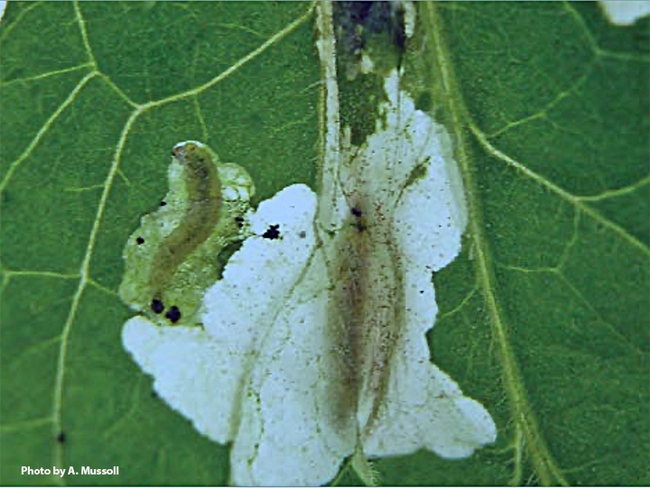
- Author: Kathy Keatley Garvey
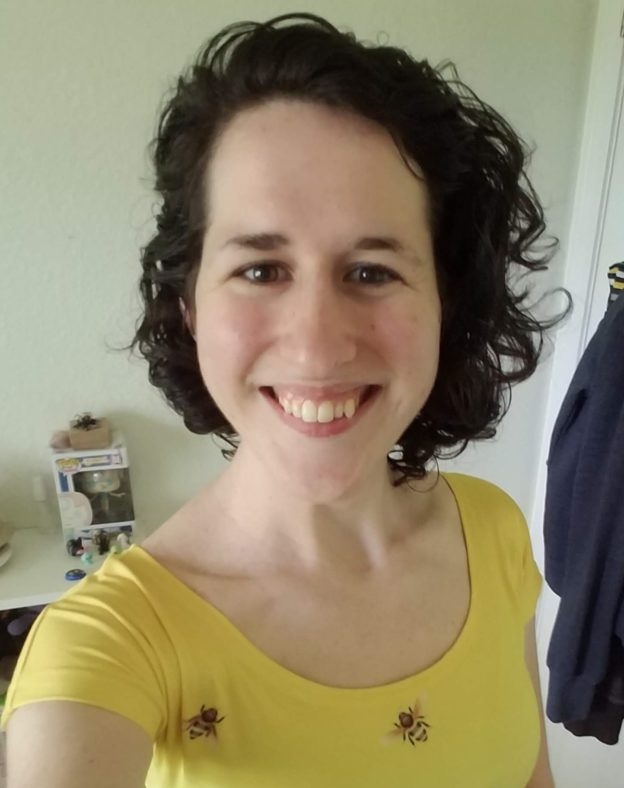
That's the beginning of the abstract of her research presentation, "Fungicide Impacts on Bumble Bees Are Mediated via Effects on Bee-Associated Fungi," that she delivered Nov. 1 in the mile-high city of Denver at the Entomological Society of America's annual meeting.
Rutkowski, a member of the lab of community ecologist Rachel Vannette, associate professor, UC Davis Department of Entomology and Nematology, and co-advised by community ecologist and professor Rick Karban, was participating in the 10-minute graduate student speech competition.
How did she do? She excelled! Rutkowski won first place, "The President's Prize," in her category, Plant-Insect Ecosytems, Ecology 3.
That's quite an achievement and well-deserved.
The remainder of her abstract: "Using two species, Bombus vosnesenskii and B. impatiens, we test the interactive effect of the fungicide propiconazole and fungal supplementation on the survival, reproduction, and microbiome composition of microcolonies (queenless colonies). We found that both bee species benefitted from fungi, but were differentially affected by fungicides. In B. vosnesenskii, fungicide exposure decreased survival while fungal supplementation mitigated fungicide effects. For B. impatiens, fungicide application had no effect, but fungal supplementation improved survival and offspring production. Fungicides altered fungal microbiome composition in both species, and reduced fungal abundance in B. vosnesenskii microcolonies, but not in B. impatiens, where instead fungal addition actually decreased fungal abundance. Our results highlight species-specific differences in both response to fungicides and the nature of fungal associations with bees, and caution the use of results obtained using one species to predict the responses of other species. These results suggest that fungicides can alter bee- fungi interactions with consequences for bee survival and reproduction, and suggest that exploring the mechanisms of such interactions, including interactions within bee-associated fungal communities, may offer insights into bumble bee biology and bumble bee conservation strategies." (Paper co-authored with Rachel Vannette, Eliza Litsey and Isabelle Maalouf)
Two other outstanding UC Davis doctoral students scored second place in their respective categories in the highly competitive events:
- Maureen Page, with the lab of pollinator ecologist Neal Williams, professor, UC Davis Department of Entomology and Nematology, presented "Optimizing Pollinator-friendly Plant Mixes to Simultaneously Support Wild and Managed Bees." She competed in the category, Plant-Insect Ecosystems: Pollinators. (Hannah McKenzie of Ohio State University won first place, The President's Prize.)
- Kyle Lewald, with the College of Biological Sciences and the Integrated Genomics and Genetics Graduate Group, but a member of the lab of molecular geneticist and physiologist Joanna Chiu, professor and vice chair of the UC Davis Department of Entomology and Nematology, competed in the category, Systems, Evolution and Biodiversity: Genetics and Molecular Biology. He titled his presentation: "Assembly of Highly Continguous Diploid Genome for the Agricultural Pest, Tuta absoluta." (Amanda Markee of the University of Florida took home first place, The President's Prize.)
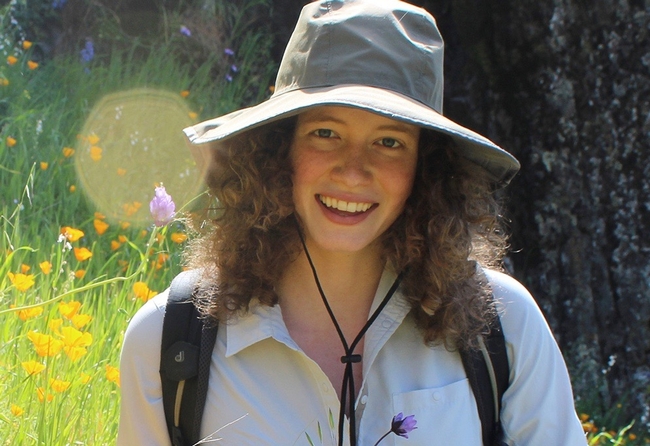
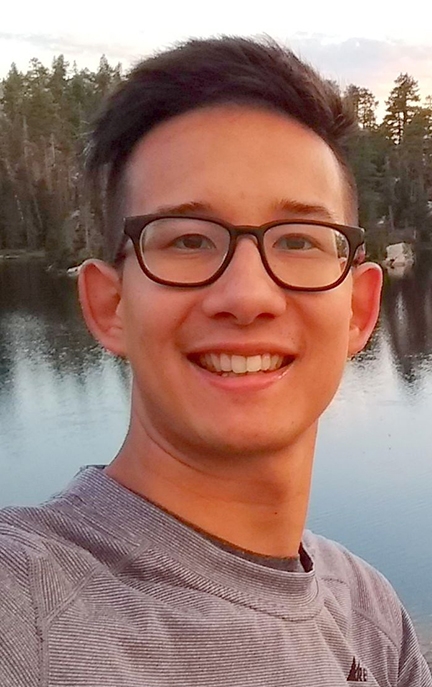
At the ESA's annual meetings, students are offered the opportunity to present their research and win prizes. There are several components, ESA says, to the competition: 10-minute papers (oral), posters, and infographics. First-place winners receive a one-year free membership in ESA, a $75 cash prize, and a certificate. Second-winners score a one-year free membership in ESA and a certificate.
The 7000-member organization, founded in 1889 and headquartered in Annapolis, Md.,, is the world's largest organization serving the professional and scientific needs of entomologists and others in related disciplines. Its members are in educational institutions, health agencies, private industry, and government. The 2021 ESA president is Michelle Smith of Corteva Agriscience.
